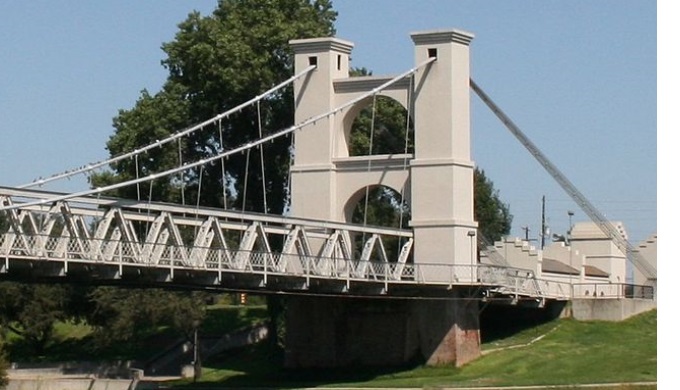You likely drive over Texas bridges on a regular basis, but the modern constructions are vastly different from their humble origins. Over time, bridges have changed from basic structures to handle foot traffic only to large spans that bear the weight of thousands of vehicles each year. Whether you enjoy engineering, history, or art, you’ll find something to love about the bridges of the state from the past.
History
Then and Now: The Evolution of Texas Bridges
Early Bridges

Photo: Pixabay/JerryGorecki
Most of the early bridges throughout the state were made of wood. Often designed to last for only a short while, they often would wash away in the frequent flash floods that occurred in the Texas Hill Country. These simple bridges would remain in frequent use until the Civil War.
Suspension and Metal Bridges

Photo: Wikimedia Commons
While the oldest wooden bridges no longer remain, some metal truss bridges that replaced them still stand. One you can still see is the Waco suspension bridge. This bridge still allows people to walk across it more than 150 years after its opening. The rise of private companies building bridges began after the Civil War. Many of these included suspension bridges and metal truss bridges. In the early 20th century, the Austin Brothers opened their Dallas shop, which was the first Texas builder of prefabricated metal bridges. Until then, the bridges were built out of state and shipped in, greatly increasing their costs and construction time.
Concrete Bridges

Photo: Flickr/Patrick Feller
While metal bridges look stunning, most modern Texas bridges are made of concrete. These tend to be easier and cheaper to build, especially over shorter spans. This type of bridge emerged during World War II. It allowed civil engineers to use cheaper materials and leave metal to the war effort. Though some of the earliest concrete bridges from the early 20th century had ornate features, most bridges constructed during and after World War II were simpler, utilitarian structures. These appear in almost every city in the state as highway overpasses and bridges over creeks and rivers.
References



